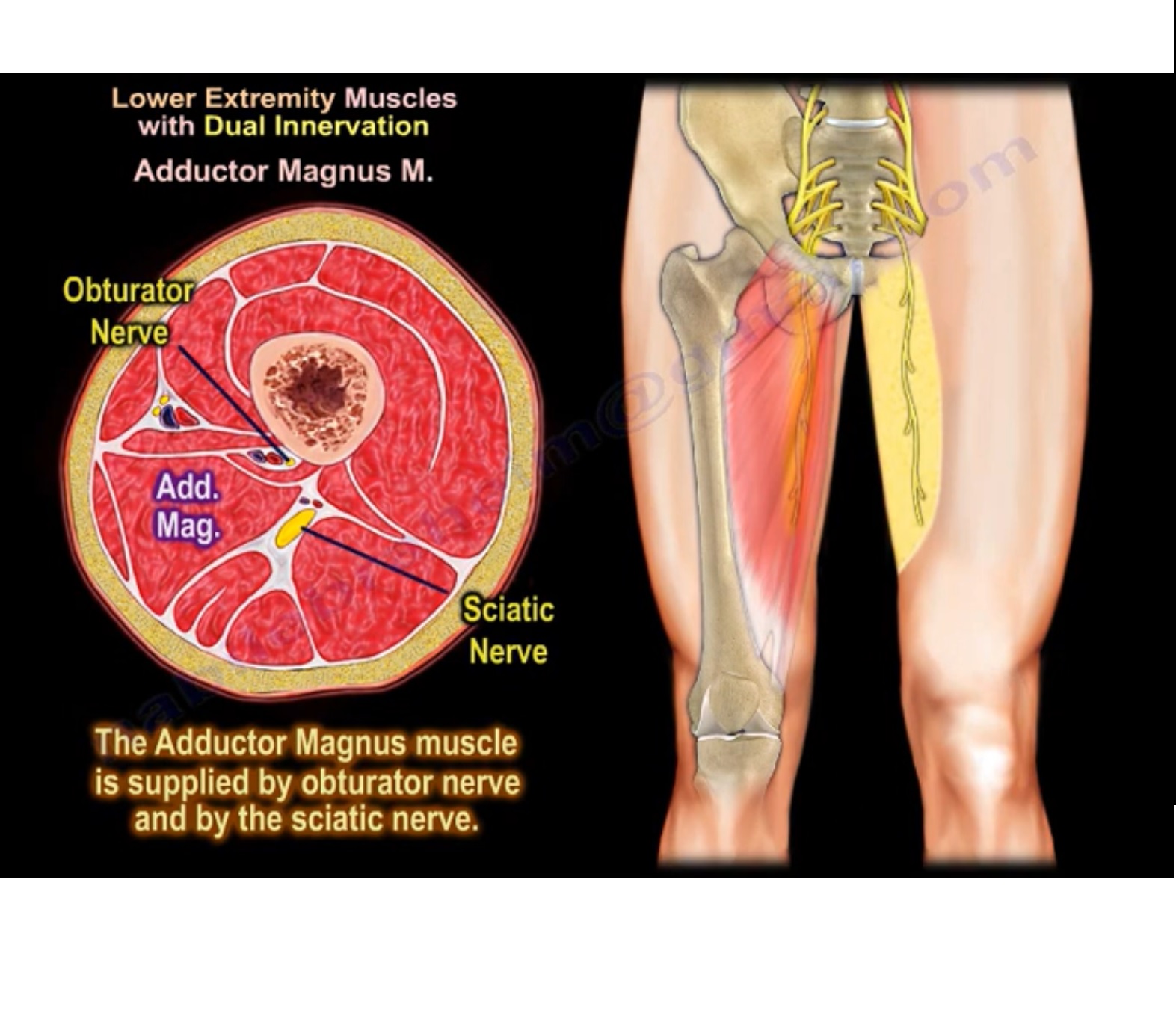Courtesy: Prof Nabil Ebraheim, University of Toledo, Ohio, USA
MUSCLES WITH DUAL INNERVATION
UPPER EXTREMITY MUSCLES:
These are the most common muscles with dual innervation.
1) Pectoralis Major muscle:
It has 2 parts-
a) Sternocostal head, which receives it’s innervation from Medial pectoral nerve (C8, T1) arising from the medial cord of brachial plexus.
b) Clavicular head, which receives it’s innervation from Lateral pectoral nerve (C5,6,7) arising from the lateral cord of brachial plexus.
2) Subscapularis muscle supplied by the Upper & Lower Subscapular nerve (C5,6) arising from the posterior cord of brachial plexus.
3) Brachialis muscle, which acts as the flexor of elbow, receives its innervation from the Musculocutaneous nerve (C5,6,7) in its medial part and Radial nerve (C5,6,7,8, T1) in its lateral part.
4) Flexor Digitorum Profundus (FDP) muscle, which acts as the strong flexor of fingers, is supplied by the anterior interroseus branch of Median nerve (C8,T1) in its lateral part and Ulnar nerve (C8, T1) in its medial part.
LOWER EXTREMITY MUSCLES:
1) Pectineus muscle receives its innervation from Obturator nerve (L2,3,4) and Femoral nerve (L2,3,4).
2) Adductor Magnus muscle
It has 2 parts:
a) Adductor part receives its innervation from the posterior division of the Obturator nerve (L2,3,4).
b) Hamstring part receives its innervation from Tibial branch of Sciatic nerve (L4,5,S1).
3) Biceps femoris muscle also has 2 parts:
a) Long head supplied by the Tibial branch of Sciatic nerve (L4,5,S1).
b) Short head supplied by the Common peroneal division of Sciatic nerve (L4,5,S1).

Leave a Reply